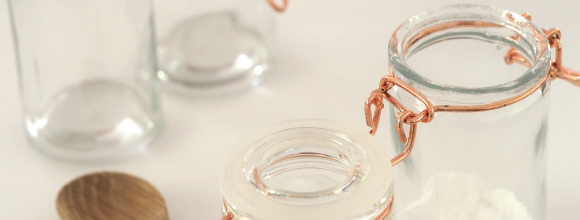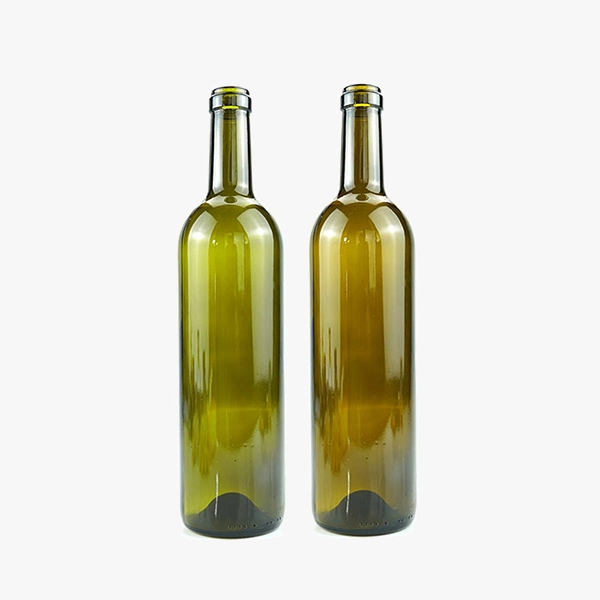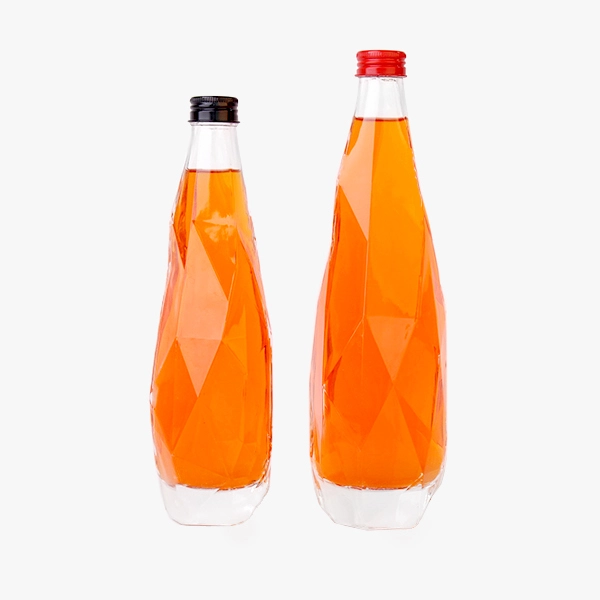Advice for Selecting the Right Glass Bottle Color
Choosing the right glass bottle color can make a big impact on how people see your product. Colors help shape a brand’s identity, and the look of a bottle can catch a shopper’s eye in seconds. The color you pick also affects how well the contents stay fresh and safe.
You want your bottle to be both stylish and useful for your customers. In today’s busy market, using the correct color can set your product apart from the rest. Yanjia Packaging is a trusted packaging expert that helps businesses find the best bottle solutions. The right color gives your brand a chance to shine and keeps your products in good shape for a long time.
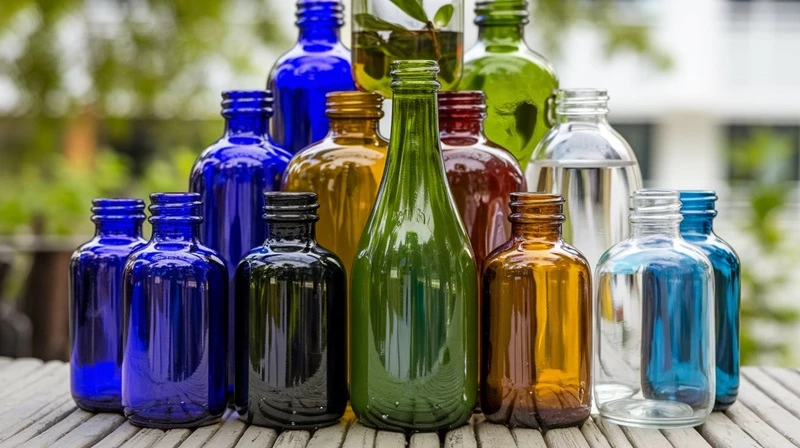
The Importance of Glass Bottle Color in Branding
Color is often the first thing people notice when they see a product. A bright or unique glass bottle color can grab attention and show what your brand is all about. Some companies choose bold colors to stand out on shelves. Others use soft, gentle shades to show they care about elegance or calmness. Your chosen hue should match how you want customers to feel about your product.
When people think about branding, they usually picture a logo, fonts, or catchy slogans. But color also plays a huge role in brand identity. It can tell a story about where you come from and what you believe in. For example, a brand known for health and nature might use green to hint at freshness and growth. A fun, upbeat brand might choose bright blues or pinks for a cheerful look.
Color also sets the tone for how people judge quality. A bottle that feels true to its brand looks more professional. When a brand’s logo and the bottle’s color match well, it shows care and attention to detail. This can make people trust the product more. For instance, fancy perfume brands may use clear or frosted bottles to reflect elegance. In contrast, a craft beer brand might use deep amber bottles to give a classic feel.
The Functional Role of Glass Bottle Colors
While branding matters, a glass bottle color is not just about looks. It also helps protect what’s inside. Different hues can block or reduce certain types of light that might harm a product’s taste, smell, or shelf life. Many light-sensitive items need extra care to stay fresh, like certain oils, beers, or medicines. By picking the right color, you keep these goods safe from damaging UV rays.
For example, amber bottles are often used for items that need strong protection from light. This color filters out much of the UV light that can spoil products. Clear bottles, on the other hand, allow anyone to see the product right away. But they offer less protection, so they work better for things that do not spoil easily or rely on sunlight to stay at their best.
Practicality also means thinking about whether your bottle will be in direct sunlight, on store shelves, or in warehouses. If your product sits in bright places for a long time, you may need a darker bottle to keep it safe. If your product is often kept in a fridge or a darker area, you might feel more freedom to pick a lighter or clear bottle.
Popular Glass Bottle Colors and Their Uses
Not all glass bottles are the same. Some colors serve specific needs better than others. When you think about glass bottle colors for packaging, keep your product’s goals in mind. Below are a few common color options and how they often get used.
Clear Glass Bottles
Clear bottles are a popular choice because they let customers see the product. This is helpful for brands that want to show off the beauty of the contents. Juices, sauces, and colorful drinks often look appealing in a clear bottle. Clear glass can also match many branding styles since it doesn’t clash with labels or logos.
Yet, clear glass offers less protection from light. If your product is sensitive to UV rays, you may need extra packaging or special storage. Clear bottles work best for items that do not break down quickly when exposed to light. They are also good for quick-moving items that don’t stay on store shelves for too long.
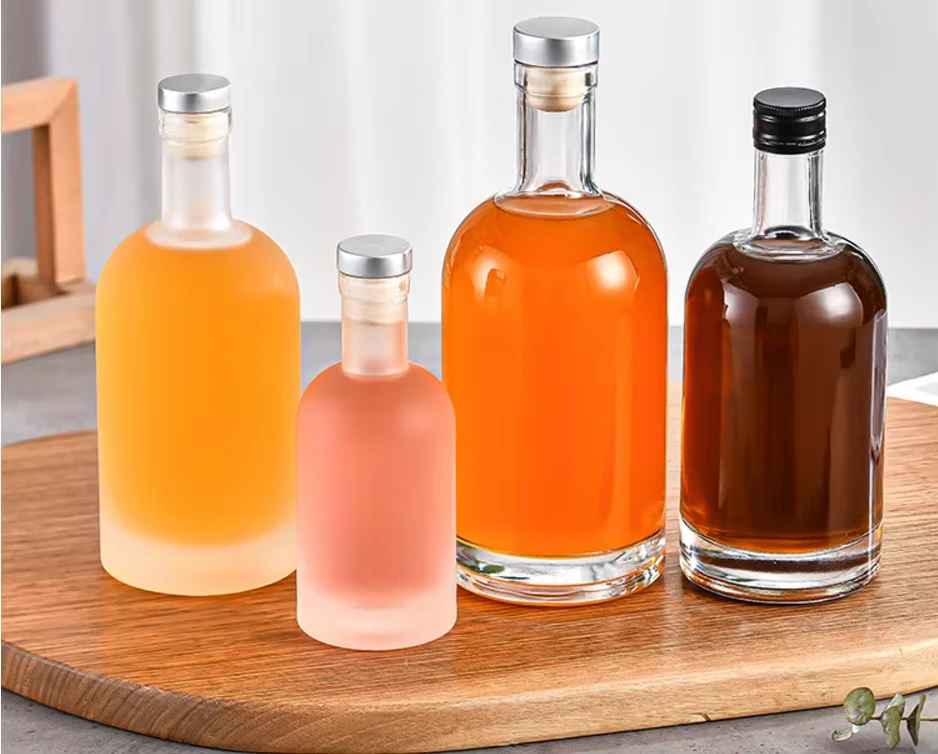
Amber Glass Bottles
Amber bottles have a warm, brownish color. They are known for blocking most UV light. This makes them great for products that can be spoiled by sunlight or harsh lighting. Items like craft beers, essential oils, and certain medicines often come in amber bottles. This color gives a classic, natural look that can suggest high quality.
Amber bottles also help preserve aromas. If you need to keep the scent or flavor intact, an amber bottle can be a wise choice. Because amber is so common in fields like aromatherapy and brewing, people have come to trust its protective qualities. This color gives off a feeling of tradition, which can add to your brand’s story.
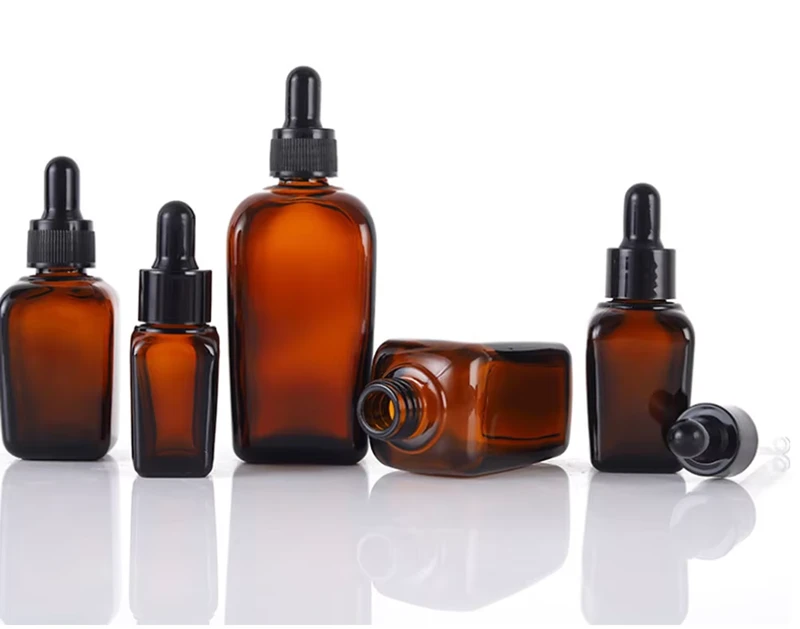
Green Glass Bottles
Green glass is often linked with wine, beer, and some types of oils. Green also filters out more light than clear bottles, though not as much as amber. Many people find green glass to be both stylish and soothing. This color can remind them of nature, freshness, or organic sources.
Many traditional wine brands have used green bottles for decades. Some of these choices come from tradition, while others focus on giving modest protection from light. Customers often connect green glass with high-quality and time-honored products. For items like olive oil, green bottles may also hint at the product’s natural and earthy side.
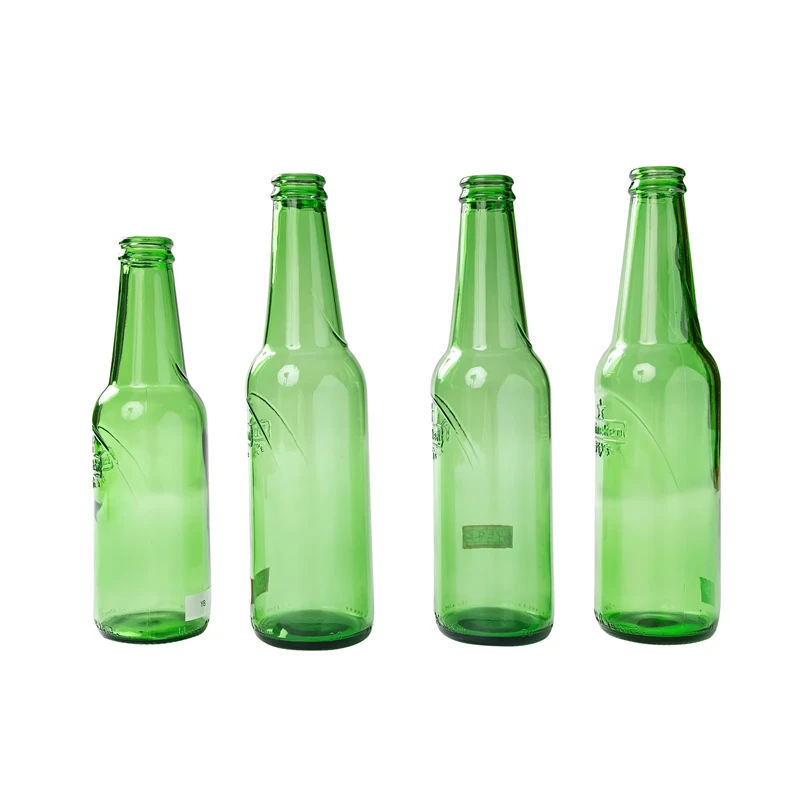
Other Unique Colors
Some brands choose less common colors like blue, frosted glass, or even black. These shades can make a product stand out on the shelf. Blue glass bottles, for instance, can suggest purity or a sense of calm. They can also protect contents more than clear glass. Frosted glass gives a soft, misty look that can hint at luxury or gentleness.
Black or very dark bottles can seem sleek or sophisticated. They also block light very well, much like amber. However, a rare color might cost more, and it can be harder to source in large amounts. If your brand identity calls for a special hue, make sure you can keep up with demand. You also want to check if the color’s protective qualities match what your product needs.
Factors to Consider When Choosing the Right Glass Bottle Color
When choosing a bottle color, think about more than just how pretty it looks. Consider the following factors:
- Audience Preferences and Trends
What do your customers like? Are they drawn to modern, bright colors, or do they prefer a classic look? If green glass bottles are common in your industry, picking a wild color might set you apart, but it might also confuse buyers. Follow trends, but make sure your choice still aligns with your brand’s message. - Product Type and Preservation Needs
Some products need more protection from light than others. For delicate items like essential oils or craft beers, darker bottles might be best. For products that spoil less easily, a clear bottle can show off the contents. Knowing your product’s shelf life and storage conditions can guide you toward the right glass bottle color. - Compatibility with Branding
Your bottle should match your label, logo, and overall brand theme. Think about how your chosen color will pair with your brand’s main colors. You don’t want any clashes that look messy. Instead, your bottle color should help your brand’s artwork pop. This harmony makes the product more pleasing to the eye. - Cost and Availability
Some glass colors are easier to source than others, while unique or rare shades can increase costs and impact your budget. If you require a large quantity of bottles, ensure your supplier can meet your needs promptly. Planning ahead is crucial to avoid potential delays. - Market Positioning
High-end products often favor sleek or dark bottles. Mass-market items might go for clear bottles to keep costs lower. Think about where you want your product to sit in the market, then pick a color that reflects its position. This choice can shape how customers view your product’s quality and price point.
How to Balance Aesthetic Appeal and Practicality
It’s normal to want a bottle that turns heads. But you also need it to do its job—preserve your product and meet any safety rules. Here are some tips for making sure both style and function meet:
- Pick a Complementary Label
A pretty label can make a plain bottle color stand out. Think about color theory and choose label colors that work well with the glass. For example, a white label on a deep amber bottle can look elegant and clean. - Test Small Batches First
Before buying a large amount of one color, try a small run. Share it with trusted advisors or dedicated customers. Gather feedback about how the product looks, feels, and performs. This allows you to adjust your choice if needed. - Consider Light Exposure
Think about where your product will be placed. If it’s often in bright lighting, a darker glass might be a better fit. If the product is stored in dim areas or sells fast, you might get away with a lighter color. - Look at Your Competitors
Study other brands in your space. Notice which colors seem to sell well. You don’t always want to copy them, but you can learn from their choices. Find a fresh angle or shade that lets you stand out without putting your product at risk.
Sustainability and Eco-Friendly Glass Bottle Colors
A growing number of people are now concerned about the environment. They want products that align with eco-friendly values. When looking at glass bottle colors for packaging, it helps to know how sustainability ties in. Most glass, no matter the color, can be recycled if it’s clean and free of labels or caps. But some glass colors are more widely accepted by recycling programs.
Clear glass is often easier to recycle because it can be turned into many new products. Green and amber are also commonly recycled in many places. If you choose a special shade, make sure local recyclers accept it. If the color is too rare or mixed, recycling facilities might have trouble reusing it.
Some companies also choose recycled glass for their bottles. Using recycled glass can lower the amount of new raw materials needed. This choice may affect the color availability, because recycled glass sometimes creates a tinted look. However, consumers often appreciate brands that strive to reduce their carbon footprint. Telling customers that their bottle might have slight color variations due to recycled content can even become a selling point. It shows that you care about the planet and resource conservation.
You can also think about ways to encourage customers to reuse bottles. A sturdy glass bottle can be washed and reused for other purposes, like storing spices or homemade sauces. The best approach is to balance brand image, product safety, and the environment. Shoppers often admire brands that blend style, function, and care for the earth.
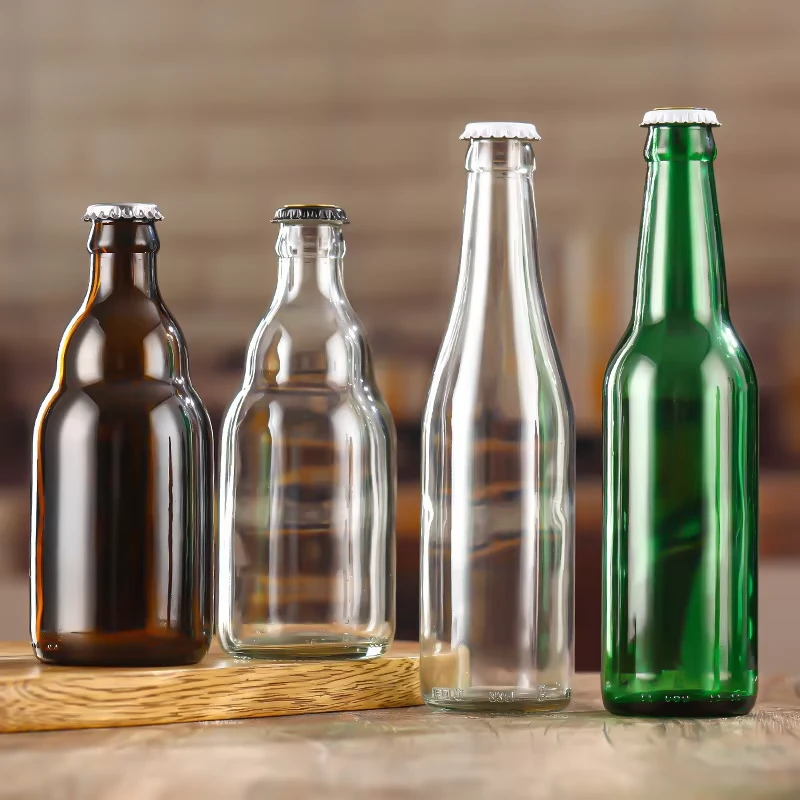
Yanjia Packaging: Your Partner in Glass Bottle Solutions
Many businesses face a real challenge when picking the perfect glass bottle color. They worry about cost, availability, and meeting environmental goals. They also need a design that captures their brand’s spirit. This is where Yanjia Packaging can help. They guide businesses toward smart, practical, and sustainable glass bottle solutions that don’t force a choice between style and function.
Yanjia Packaging has years of experience in matching the right bottle color to each product’s needs. They can offer advice on which shades give the best UV protection, how to minimize costs, and how to stay eco-friendly. Their team also knows how to handle unique colors that might be harder to source. If you want a color that makes your brand stand out, they will help you achieve that without putting your product at risk.
Another big concern for many brands is how to customize bottles without breaking the bank. Yanjia Packaging offers flexible ways to personalize colors, sizes, and finishes to fit your brand identity. They care about the challenges you face in today’s competitive market. Whether you need a classy frosted design for luxury perfumes or a sturdy amber bottle for craft beer, they have solutions.
Most importantly, Yanjia Packaging understands the pressure you feel to make the best choice. They do not just offer one-size-fits-all products. Instead, they listen to your goals and help you decide on the ideal approach. Working with them means you can feel at ease knowing your product is in good hands. Their concern for your success shines through every step of the way.
Conclusion
Picking the right glass bottle color is vital for branding and product safety. The color you select shapes how people see and trust your brand, while also protecting your goods from light or spoilage. By balancing looks with function, you show that you care about quality and appeal.
Take note of your product’s needs, your target audience, and modern trends when making this choice. If you need expert guidance, Yanjia Packaging is ready to help you navigate these decisions. Their knowledge can save you time, reduce costs, and ensure you pick a color that fits both style and sustainability.
Contact Yanjia Packaging to discover how they can support your brand’s next big move.

